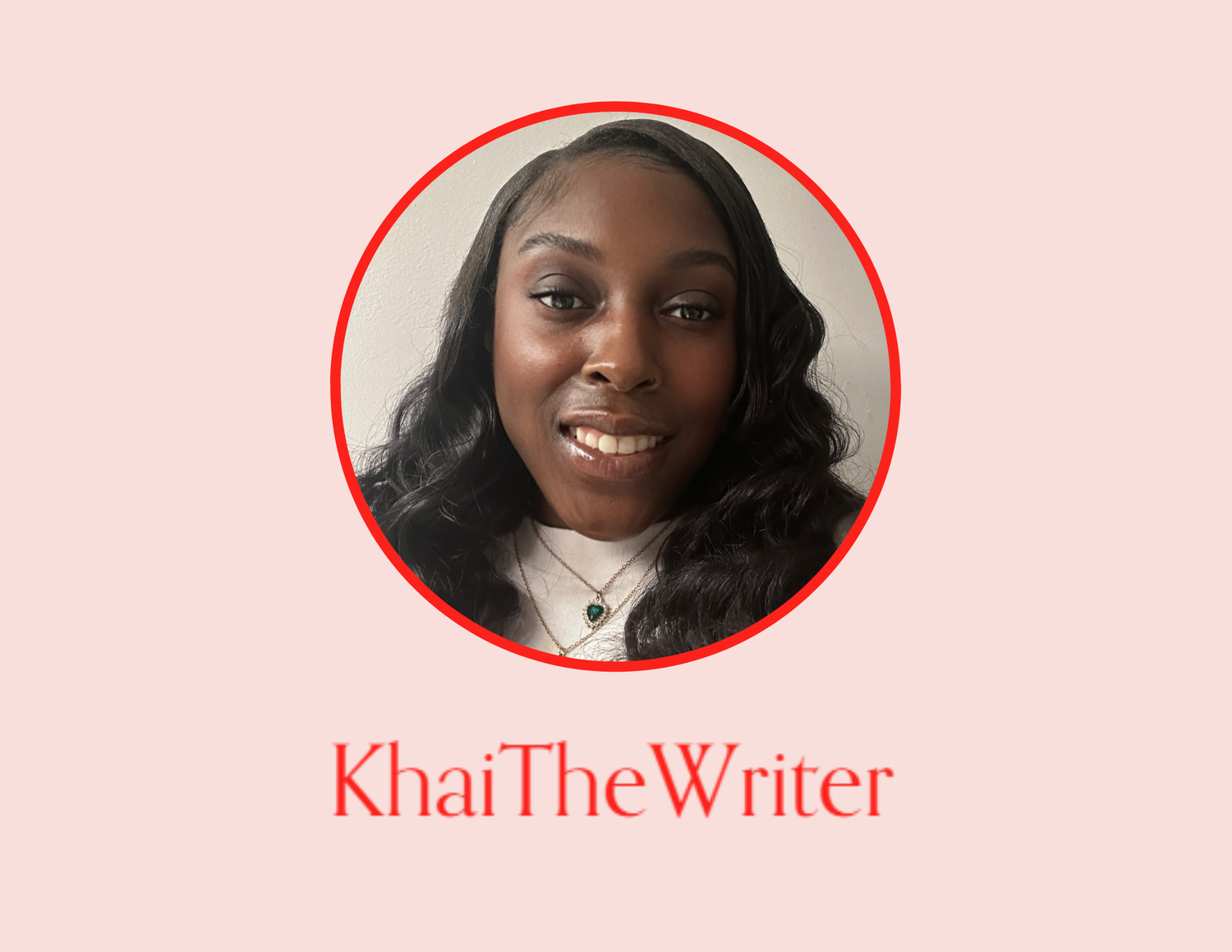Where Does Holistic Care Fit into NYC’s Plan to Distribute Public Health Vending Machines?
To address the rise in opioid-related deaths in New York City, the NYC Department of Health and Mental Hygiene has partnered with the Fund for Public Health in New York (FPHNY) to issue funds to local harm reduction organizations for public health vending machines (PHVM). These machines will distribute naloxone (also known as Narcan) and other overdose prevention supplies to drug users. Support for this initiative was driven by the city’s record-breaking overdose numbers in 2020 – a total of 2,062 overdoses. This is the highest mortality data since reporting began in 2000.
The pilot program has a $730,000 budget for up to ten machines and six contractors. All are required to speak to neighborhood drug abusers, residents, elected officials, businesses, public housing groups and law enforcement to identify the supplies needed. This includes sterile syringes, safer smoking kits, safer snorting kits, condoms and pregnancy tests. The machines will be located across the five boroughs as early as June.
Accessibility is crucial in the success of these machines. Prior to this initiative, the state has already been providing clean syringes at pharmacies participating in the Expanded Syringe Access Program (ESAP). However, many drug users prefer faceless interaction when seeking medication-assisted treatment (MAT) to avoid the opioid addiction stigma. Besides, many pharmacies aren’t open during times when drug use is most prevalent. To alleviate these issues and ensure that as many users take advantage of the medicine as possible, machines must be accessible 24 hours a day.
The intention of the vending machines is to curb overdoses by increasing the availability of naloxone. However, there is another side to MAT that includes counseling and behavioral therapists. It’s proven that with these resources, the risk of overdose can be immensely reduced and recovery can be better sustained. However, it must be noted that even with the availability of the vending machines, there is still an absence of holistic treatment to complement the naloxone distribution.
Now that it’s a bit more normalized, both doctors and patients have realized that engaging in holistic medicine does not equate to the abandonment of traditional Western medicine. Instead, it improves the individual’s overall well-being by addressing the mental, emotional, spiritual and physical components that lead to a successful treatment plan. Holistic therapy can include acupuncture, reiki, yoga, meditation, herbal medicine and nutritional therapy.
Holistic therapy’s guiding principles are rooted in collaborating with science, nature and human body dynamics to provide optimal health and hammer away at the toxic behaviors that keep drug users in the tumultuous chokehold of their vice. Along with the PHVMs, incorporating holistic services within the participating clinics can provide a comprehensive care plan that addresses both the traumas and experiences linked to addiction and the immediate need for overdose prevention.
Opioid addiction is a national issue. According to studies from the National Center for Health Statistics (NCHS) and the Centers for Disease Control and Prevention, more than 1 million people have died from overdoses since 1999 in America. It isn’t just a blue-collar issue nor an inner-city problem– opioid addiction is infecting all of our streets. It is a crisis that demands a multifaceted approach to mitigate the severity of crippling addiction.
This pilot program is commendable for its accessible approach to overdose prevention, but it’s worth noting that without long-term, holistic care, the devastation of opioid addiction and death will continue to spread.
